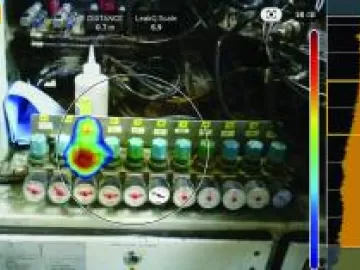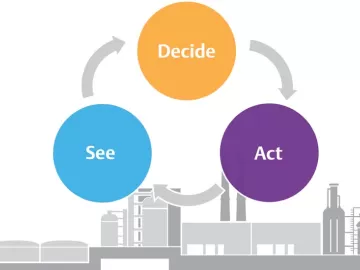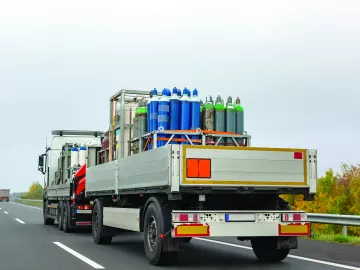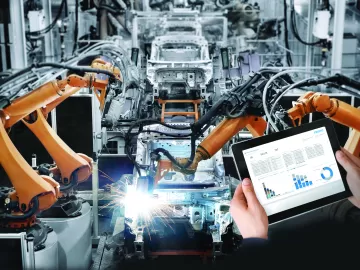Five Decades of Innovation at Festo USA
The history of Festo began in 1925 in Germany. Festo USA was founded on March 15th, 1972 in Port Washington on Long Island, with the focus of being a full-line supplier of pneumatics – a focus we continue with today.











